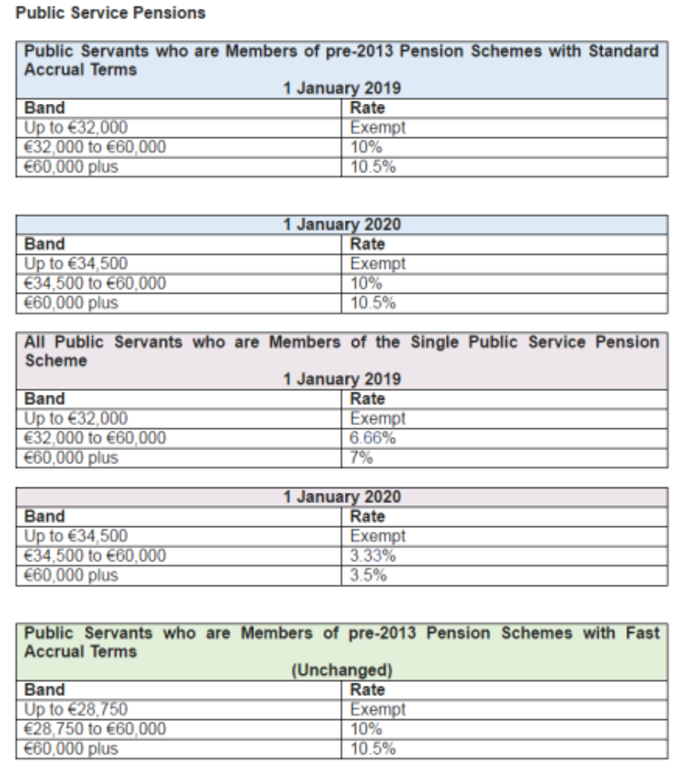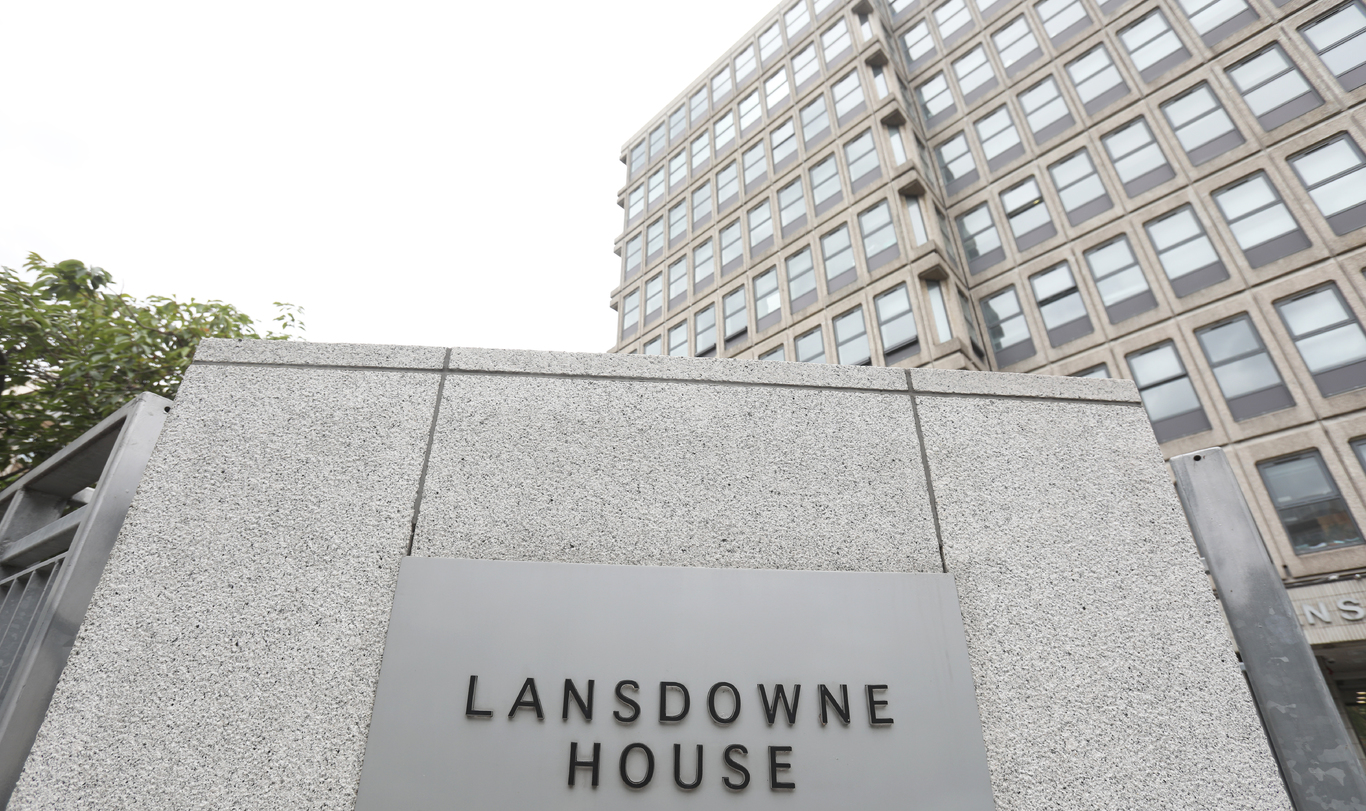Public-sector workers will get pay restoration by 2020 - at a cost of €887m
A draft deal to replace the Lansdowne Road agreement was reached late last night.
PUBLIC-SECTOR UNIONS have reached a deal with the government on a new draft pay agreement that will see pay restoration for the vast majority of their workers.
It is believed that more than 300,000 government employees will benefit from pay restoration and changes to pension contribution arrangements in the draft deal agreed late last night. Over three years, the deal will cost the government €887 million.
While the government has said there will be “no weakening of outsourcing protections”, unions were unable to agree a change in working hours or prevent two-tier pay scales persisting in the sector.
Minister for Public Expenditure and Reform Paschal Donohoe welcomed the agreement and said that the provisions put the public sector on a “more sustainable footing and secures industrial peace so that our public service remains a rewarding place for those who work in it”.
Workers will now be balloted on whether or not they agree with the proposals, which would act as a successor to the Lansdowne Road agreement.
By 2020, more than 90% of workers will have gained pay restoration, according to trade union Impact, while “almost a quarter” will no longer have to pay pension levies introduced under Fempi legislation during the crisis.
All workers earning up to €70,000 will have this restoration by 2020. For those earning €30,000 or less, pay and pension adjustments are worth 7.4% on top of current levels over the lifetime of the three-year deal.
Those earning between €50,000 and €55,000 will have increases worth 7%, while workers earning between €55,000 and €80,000 will earn between 6.6% and 6.9% more by 2020.
These increases will be made on an incremental basis, with the first increase of 1% set to take effect from 1 January 2018.
A recent study from the CSO found that the premium on public-sector pay, when compared to private-industry equivalents, largely disappeared in the years following the depths of the recession.
Two-tier pay
Nevertheless, the two-tier pay structure will remain in the public sector, while there is little change in pension arrangements. The increases to pensions are the lowest for those who entered the public sector after 2013.
The existing pension-related deduction will be converted into a permanent contribution while providing what the government called “modest increases in the threshold”.
 The changes to pensions
The changes to pensions
While there is no change to the pay scales for post-2010 entrants to the public sector, there is a “process” in place to look at this again. There are also plans to review rostering arrangements, including Saturday working, but no change can be made without agreement.
Eoin Ronayne, from the Civil and Public Services Union, which represents lower-tier public-sector staff, told RTÉ’s Morning Ireland that there’s “a lot to take in”.
“It’s been a very difficult couple of weeks,” he said. “There’s a lot of disappointments and a lot of gains. We didn’t make the progress we’d like to make on the hours, for example.”
Joanne Irwin, president of the Teachers’ Union of Ireland, said that the talks were not satisfactory from her union’s point of view.
She told Morning Ireland: “My initial reaction on it is that it would have addressed new-entry pay and it doesn’t. (Union members) won’t be too pleased.
“Our new entrants have waited long enough.”
Written by Sean Murray and posted on TheJournal.ie







